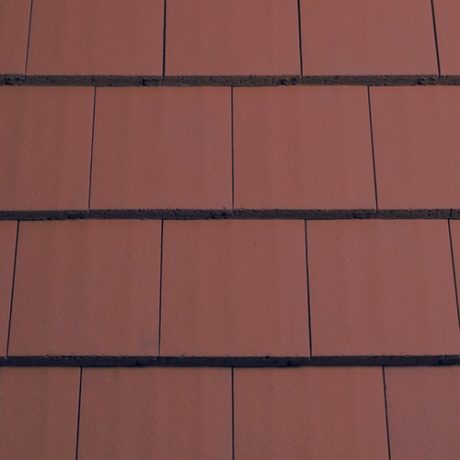Choosing the right bond
It is a common misconception that the bond is purely aesthetical. The way a tile is installed can have an impact on its overall performance when it comes to factors such as wind driven rain and wind uplift. The design and fit of some tile profiles mean they can only be physically laid one way, either straight or cross bonded. However, in the case of our flat, single lapped, interlocking tiles, it is actually possible to lay them both 'straight bond' and ‘broken bond’ in the same way as other single lapped tiles such as, for example, Double Roman tiles. This includes Calderdale Edge, TLE, 20/20, Cassius and Rivius.
However, it is important to point out that all of our specifications for these are based on the tiles being laid broken bonded. For example, the minimum recommended roof pitch is based on wind driven rain testing carried out on tiling arrays laid broken bond. Also, fixing specifications are based on tile uplift resistance data measured on tiles laid broken bonded. Wienerberger has not measured the performance of these tiles laid straight bonded. Therefore, whilst it is physically possible to lay them straight bonded, we are unable to extend our durability or RoofSPEC guarantees to these tiles when laid straight bonded.
When it comes to Wienerberger Sandtoft roof tiles, there is an exception to the rule. In some instances, such as dual tiles, where there is a scored line down the middle, you may need to lay the tiles quarter bond. This is where the tiles are laid a quarter of the way across the width of the tile below. In this instance, the purpose is purely for aesthetics to ensure the lines created by the tiles are staggered and not running straight up the roof. All Sandtoft’s dual tiles have been tested in quarter bond installation.
All our product datasheets state which bond the tiles should be laid, and we strongly recommend this advice is followed. For further information or guidance please contact Sandtoft Technical on 0844 9395 999 or fill in a contact form now.





